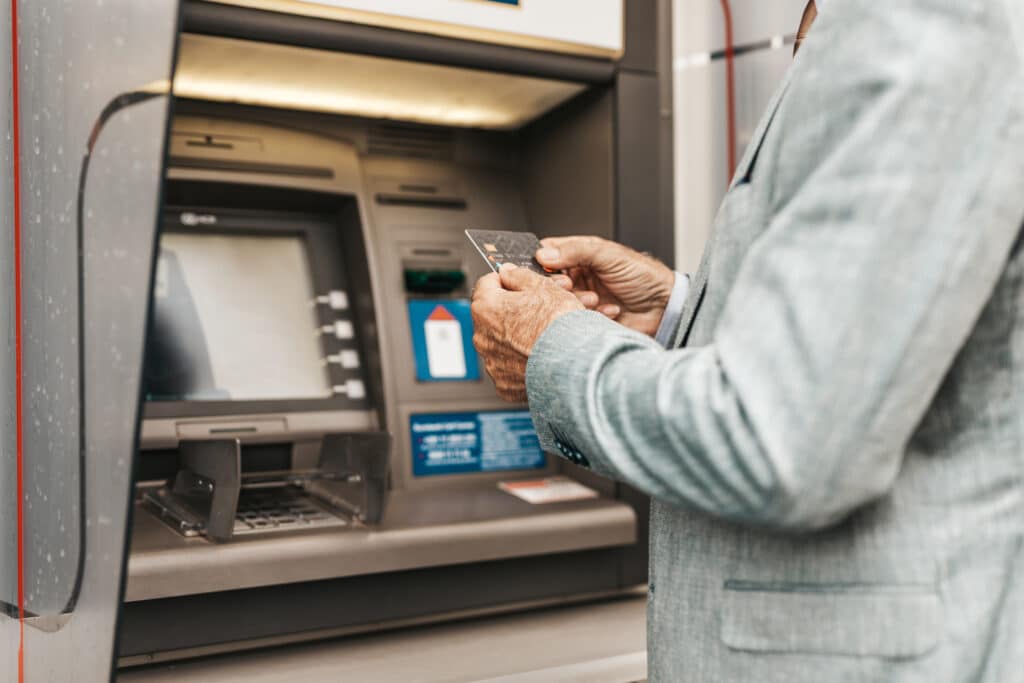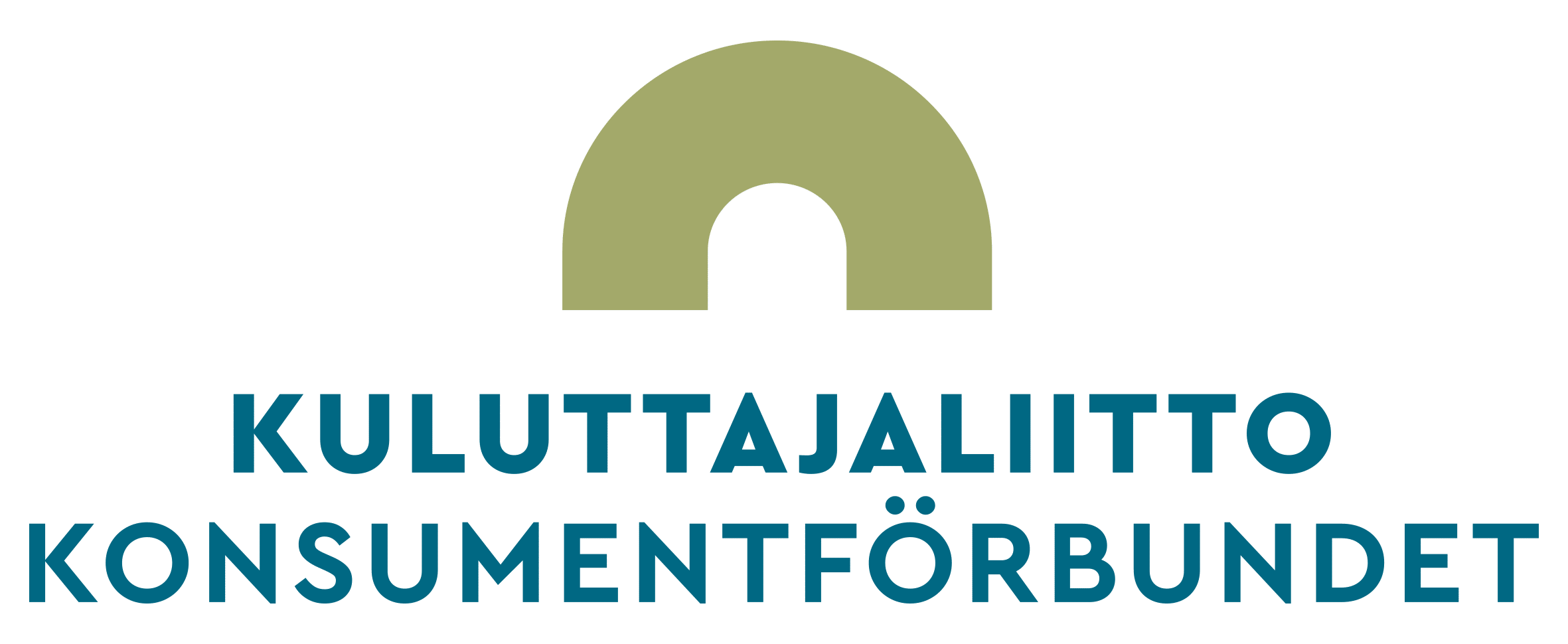Every consumer needs to be able to pay their bills. Without online or mobile banking, however, it can be expensive. We at The Consumers’ Union of Finland think everyone should be able to pay their bills at a reasonable cost. It is necessary to stop and ask whether the prices for paying bills outside digital service channels are reasonable anymore.
Our society is evolving in a direction where, for a large part of consumers, digitalization makes everyday life easier and running errands more convenient. At the same time, however, we have a large group of consumers who are unable to manage their affairs with a smart device or a computer. There is already talk of a digital gap between these two groups.
The Finnish Competition and Consumer Authority has estimated that 10-15 % of Finns struggle with the use of digital services 1. Senior citizens are not the only ones who struggle with them, though. There are manifold of reasons for not using digital services: there are not enough educational programs that teach how to use digital services or the programs are not easily available, one might struggle with learning, one cannot afford to purchase a required device or an internet connection, regional telecommunication connections are weak, one has no means of electronic identification or perhaps one has deficits in motor skills or problems with perception. The digital alienation of teenagers and adolescents is also a well-known phenomenon.
A person who pays their bill by scanning a barcode with their mobile bank application may not realize how difficult and expensive it is to pay a bill without a smartphone or an online bank.
A person of age cannot avoid the fact that there are bills to be paid. A person who pays their bill by scanning a barcode with their mobile bank application may not realize how difficult and expensive it is to pay a bill without a phone or online bank.
A person who struggles with digitalization can, of course, pay their bills with the help of a trusted relative. However, not everyone can ask someone else for help. Banks also offer other services for bill payment, such as direct debit and e-invoice. When choosing direct debit, the invoice leaves the account on the due date. The e-invoice, on the other hand, needs to be accepted in an application or an online bank first.
For some, paying the bill at the local bank office is the only option that also feels secure. Another discussion is how long you must wait for an office appointment. Many banks won’t allow one to just walk into the office whenever. Often one has to book an appointment by phone first.
Telephone transactions are already an expense in themselves. With some banks, the phone call is free of charge, but with others, the phone call costs up to 8.35 cents per call and an additional 16.69 cents per minute. The prices also apply to queuing. Let’s say that the customer service is busy and one has to wait on the phone for 15 minutes and it takes, for example, five minutes to make an appointment – the consumer has already paid several euros, but not their bill yet.
It is important to note that a price of 2.5–7 euros is charged for each paid invoice.
Expensive? Yes! Unnecessarily expensive? Absolutely!
When an office appointment has been booked through a customer service line, more expenses are to be expected. In 2021, the price of paying the bill has varied between 2.5 and 7 euros2. It is important to note that this price is charged for each paid invoice. In other words, the price of paying five bills accumulates to 35 euros plus the cost of the call made to the customer service line. The price of the transaction seems especially expensive when the invoice itself is small and the cost of paying it can be almost as large a sum of money as the invoice itself.
There are other alternative ways to pay ones bills, too. One can use a payment ATM, a payment service envelope or pay their bills at an R-kiosk. The price tag for each of these services vary. Paying a bill with a payment ATM (if you manage to find one and still know how to use it) is in some cases free and otherwise a maximum of 2.75 euros per bill. The price of using a payment service envelope varies between 1–6 euros, which means that it is not necessarily significantly cheaper to use an envelope either. Meanwhile R-kiosk charges 4,5 euros. However, the fee can only be paid with a bank card, not with cash.3
There are other alternative ways to pay ones bills, too. One can use a payment ATM, a payment service envelope or pay their bills at an R-kiosk.
The Financial Supervisory Authority is also concerned about the development of prices and deems that “the most expensive prices can endanger the affordable availability of services in situations where a person does not have the opportunity to use digital service channels”4.
Providing traditional services has its price for sure. However, the price tag paid by the service user should not skyrocket because of it. It is perhaps worth considering whether the price of traditional services should be allocated to all customers equally. Consumers seem to be ready for it. 71% of the respondents of the consumer survey commissioned by The Consumers’ Union of Finland5 fully or somewhat agreed with the following statement: “Traditional service channels for essential services such as postal and banking services (e.g. telephone service, personal customer service) should be protected alongside online services, even if it could lead to a moderate increase in the prices of the services”.
Examples of reasons for why one might not use digital services:
- There are not enough educational programs that teach how to use digital services
- One might struggle with learning
- One cannot afford to purchase a required device or an internet connection
- Regional telecommunication connections are weak
- One has no means of electronic identification
- One has deficits in motor skills or problems with perception
Sources (in Finnish):
2Finanssivalvonta: Fivan selvitykset peruspankkipalveluista
3R-kioski: Maksaminen ja rahannosto
5Kuluttajaliitto | Aula Research, 9/2022, n = 1090


